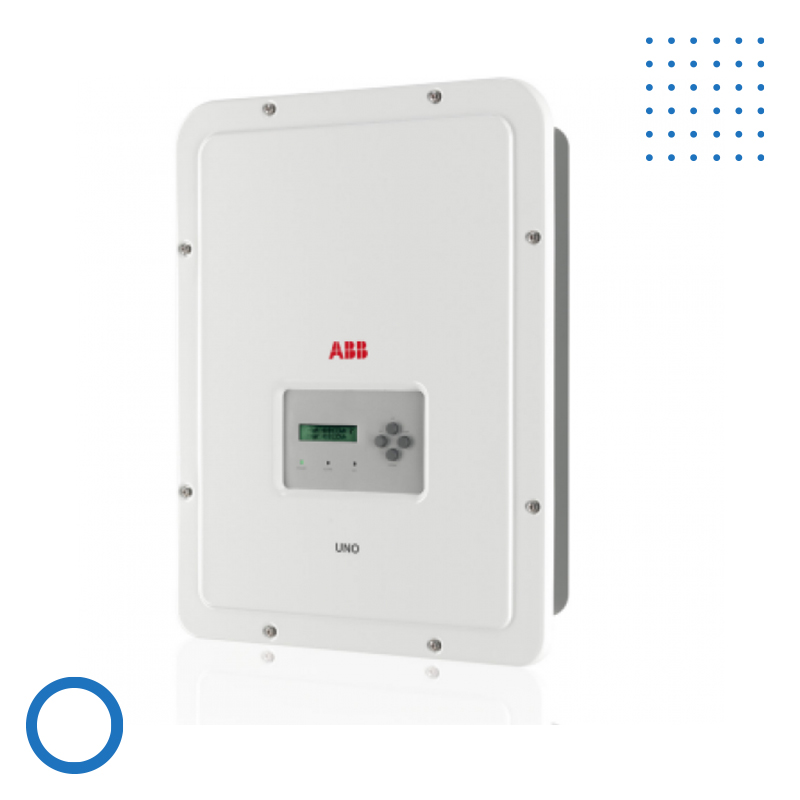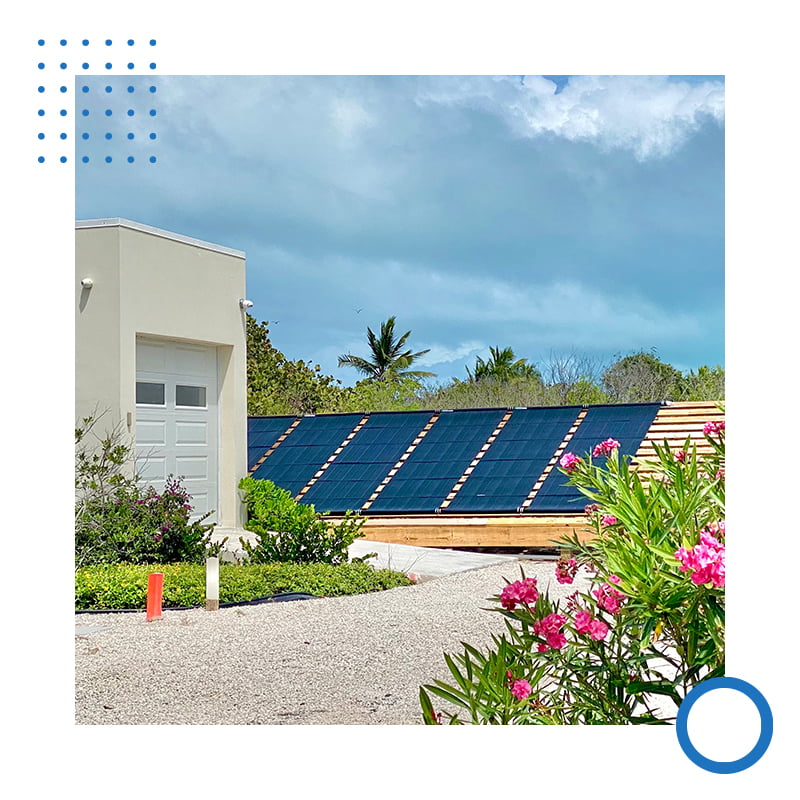What is Net Metering
Net Metering is a netting mechanism that credits solar energy system owners for the electricity they produce. For example, a residential customer has a PV system on their roof. This system may generate more electricity than the home uses during daylight hours. During the day, most solar customers produce more electricity than they consume. Net Metering allows them to export that power to the grid and reduce their future electric bills. Customers are therefore only billed for their “net” energy use. Net Metering allows utility customers to generate their electricity cleanly and efficiently.
Net Metering is applicable with the use of RES, Electricity Generation Systems, in Housing Units. Net Metering produces KWh. If the production of KWh is more than the consumption, then the savings are transferred to the next ΑΗΚ bill. The final set-off for February accounts ends in even numbers, and March ends in odd numbers. It is the offset of produced ‐ consumed energy and is applied for photovoltaic installations in various countries such as Cyprus, Italy, Germany, Denmark and the the USA.


How does Net Metering Work
Net Metering allows consumers to cover a significant part of the energy they consume while using the EAC grid to indirectly store green energy produced by the photovoltaic system. The term derives from the difference between energy consumed and produced in a certain period. This period is usually each cycle of counting and pricing the energy consumed.
Excess energy is usually not lost to the consumer but is offset for a certain period ( set at 12 months). At that time, the final settlement takes place, according to the latest Ministerial decision.
Why Net Metering;
With Net Metering, individuals or professionals can be motivated by sponsorships as part of the amount of PV investments from the European Union or the State. Furthermore, even without sponsorships, the cost of the investment of a PV system can be amortised in a period of few years. In addition to that, the significant financial savings of the cost of electricity, including the costs for its transmission in combination with the competitive prices of supply and installation of photovoltaic systems, make Net Metering the sound choice for households and businesses.
It also provides an incentive to meet a large part of energy needs, including heating using electricity. It boosts alternative and modern forms of heating such as heat pumps, thus taking a step further to decoupling the price fluctuations of polluting oil or natural gas. Consumption takes place close to production, reducing the losses observed during the transmission of electricity.
The country becomes free from energy dependencies, cost fluctuations, and a significant reduction in CO2 emissions. The burden on the environment and the health of the inhabitants from areas where power plants burn fossil fuels is reduced.
What is Net Billing
Net Billing is the scheme in which houses, commercial or industrial premises can produce their electrical energy via a Photovoltaic System. Thus, saving energy whilst simultaneously making energy surplus injected into the ΑΗΚ grid. The excess will be credited to their electricity bills. Any commercial or industrial premises with increased consumption appertain to this scheme. The permitted installed capacity range is between 10kW to 10MW.


Why should i install a Net Billing Photovoltaic system?
A Net Billing Photovoltaic System reduces your EAC grid electricity consumption resulting in savings to your electricity bills. Furthermore, you contribute to environmental sustainability and achieve a substantial competitive market edge by decreasing the cost of your products/services.
GO GREEN SAVE ENERGY
Interested In Saving Energy Through Photovoltaic Systems?
Contact our friendly sales team with your specific needs, and a team member will get in touch with you directly to discuss the appropriate solution for your home, business, or property.

